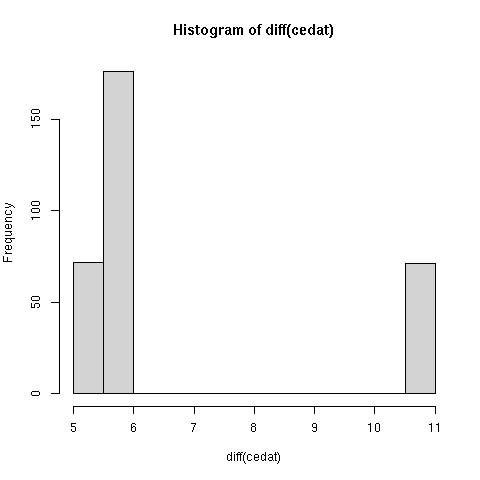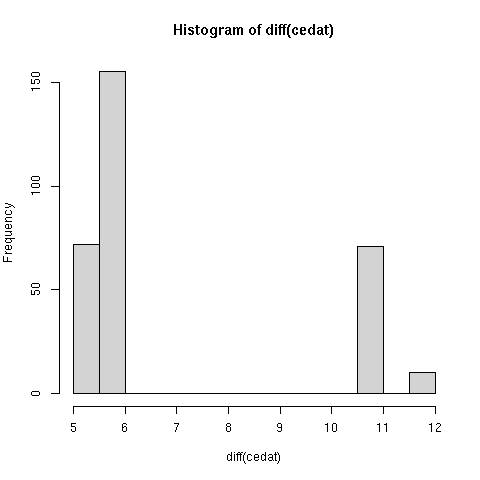I remember - 20+ years ago or so - trying to workaround some exclusive cronjob.
e.g. ONLY run this shit, if its the 2nd or 3rd Sunday of the month…
That was on Solaris. Back then - google (or whatever search engine you used back then) didn’t yield much fruit… I gave up…
I’m sure Perl could do something - but I never learned Perl, still haven’t used it “in anger” (I know the barest essentials, so that I can edit a few variables in a perl script - I came across something recently - that was 10+ years old, and someone had essentially created some kinda pseudo init that used perl to run stuff in RHEL 5, inerdeptendant perl scripts that tried to run as daemons, and kill itself if it hung and re-launch, it was truly breathtaking in its complexity and I was immensely relieved when I was told I didn’t have to reverse engineer its logic - PHEW! : essentially I think they wanted to reverse engineer it to do SFTP instead of FTP - FFS - SFTP was a “thing” in 2012/13 when they deployed this VAST mess! And they didn’t even use “native” FTP client you get with Linux - they used some alternative called “lftp” FFS! )

